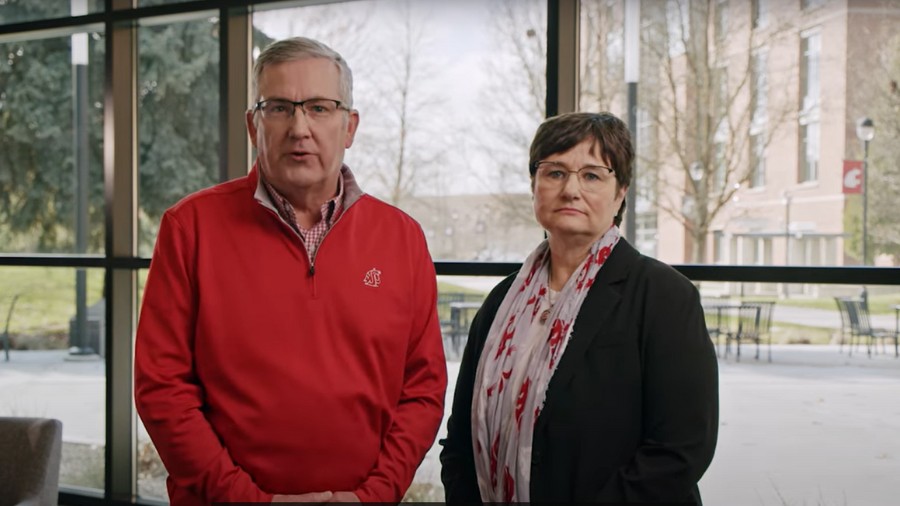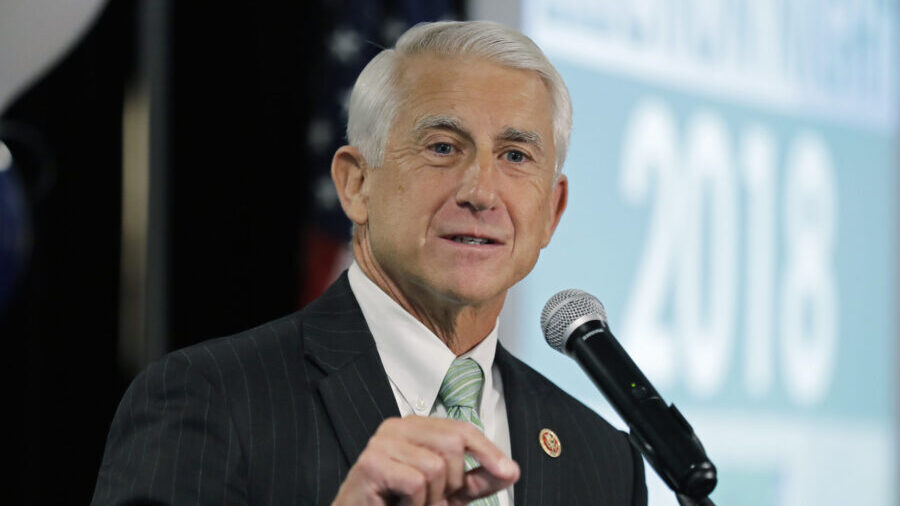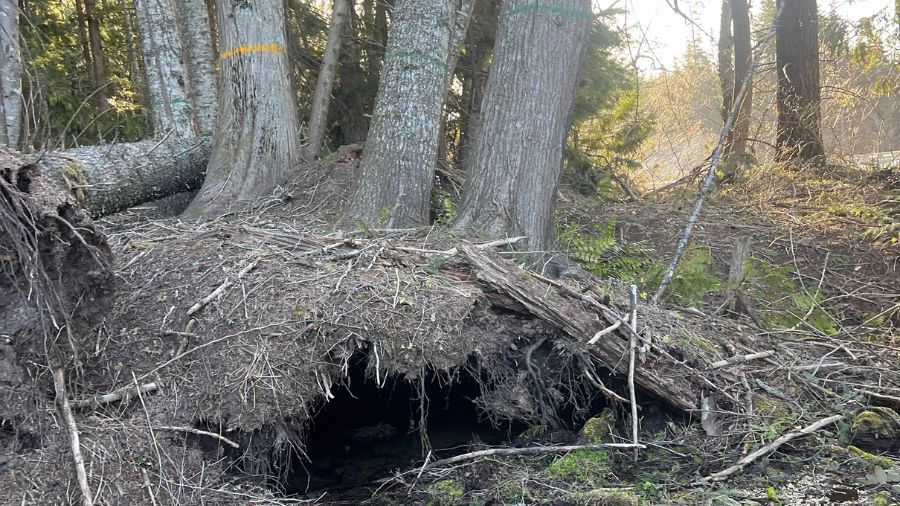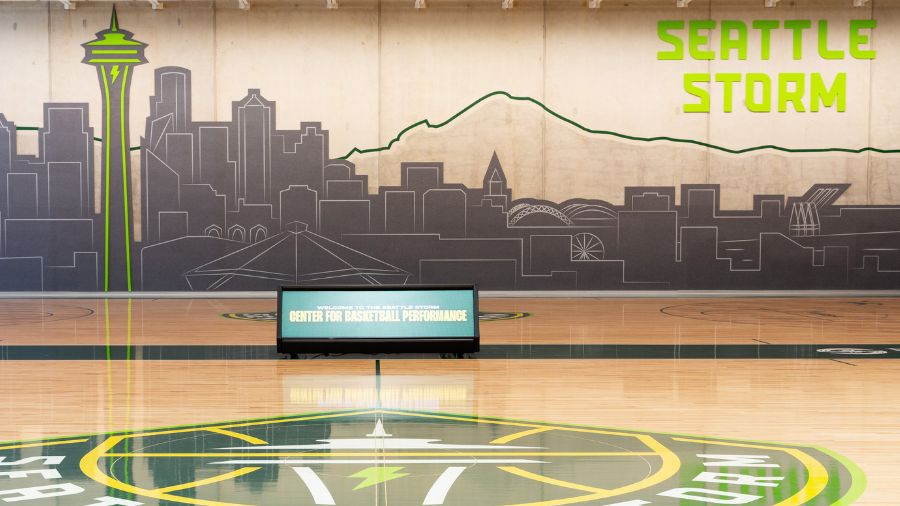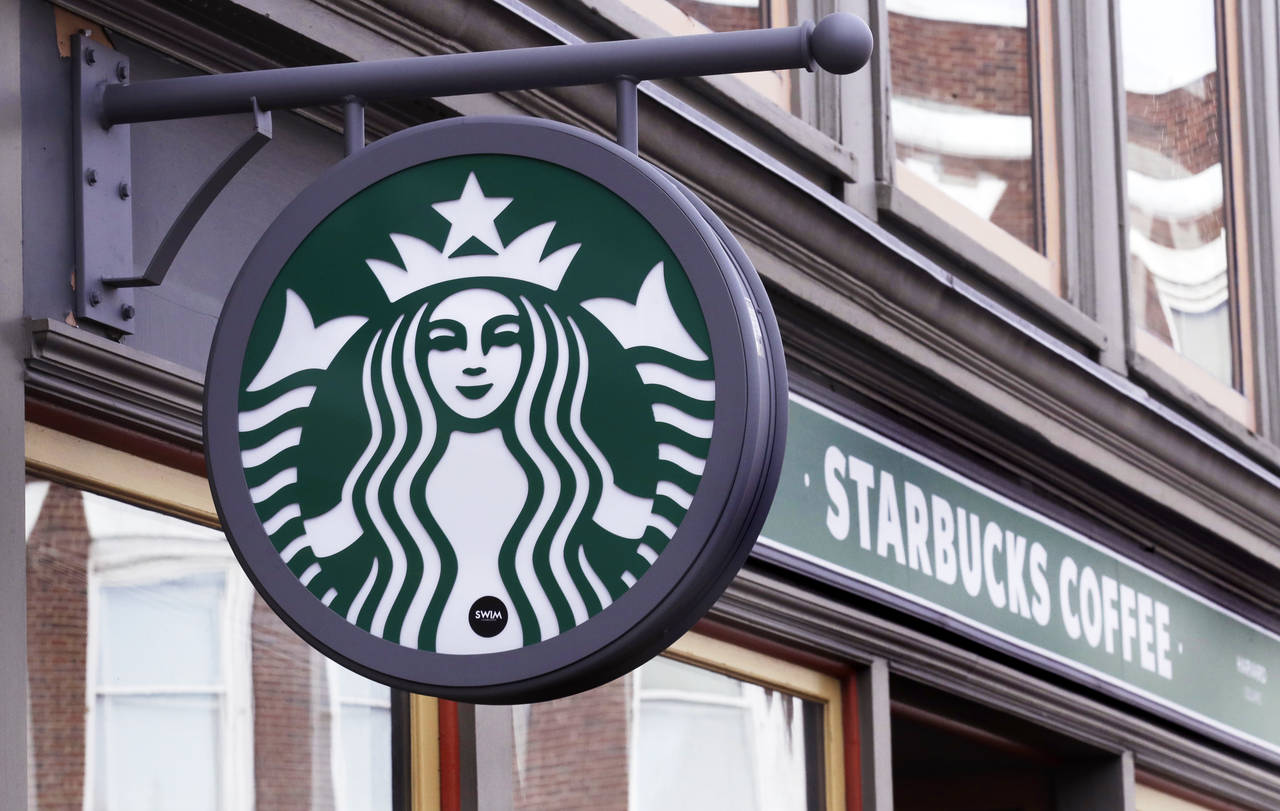Vancouver BC drivers switched from driving on the left 97 years ago
Jan 9, 2019, 11:34 AM | Updated: 3:22 pm
Unless you’ve been living under a rock, you know that Viadoom is just a few days away. Local motorists will be forced, at least for a few weeks, to make a big shift in how they travel to and from Seattle once the Alaskan Way Viaduct is shut down for good.
Another seismic shift for Pacific Northwest drivers took place 97 years ago this month, when the official “Rules of the Road” changed in and around Vancouver, BC and on Vancouver Island. The southwest corner of Canada became the last part of North America to make the switch to driving on the right.
As of 6 a.m. on Sunday, January 1, 1922, all vehicles — cars, trucks, streetcars, horse-drawn wagons (and there were still some of those around in those days) — had to shift from driving on the left side of the road as drivers still do in the UK, to driving on the right-hand side of the road instead.
What happened that disorienting day 97 years ago, and exactly how many vehicles collided head-on in the New Year’s confusion that reigned for our neighbors to the north on that long-ago winter morning?
Switch to right
First of all, the interior of British Columbia had made the switch to what was called “Keep to the Right” about 17 months before Vancouver, in July 1920.
In those years, according to Gerald Froese, Manager of Traffic Engineering Policy and Standards for the Provincial Government of British Columbia, there were very few vehicles in the rural parts of the province. Most of the roads weren’t even paved, and none had lines painted down the middle. When July 15, 1920 came, switching from left to right in those sparsely populated areas was downright uneventful.
“People seemed to adapt to that very quickly,” Froese said by phone from his office in Victoria, BC earlier this week. “There wasn’t really lines on the road, so it’s really about road positioning as opposed to one side of the line or the other.”
There weren’t even that many cars in all of British Columbia in 1920. When that decade began, total vehicle count was about 28,000; by 1930, that number had grown to almost 100,000.
Most of those vehicles were in the Lower Mainland and on Vancouver Island. Those areas were given more time to make the switch, it’s believed, because the street railways in Vancouver and Victoria needed more time to prepare.
Unlike cars and trucks, the streetcar system required changes to infrastructure such as relocating passenger platforms, and reconfiguring passenger doors on streetcars that had been designed and built for operation on the left side of the street.
One fascinating artifact of the time between the rural and urban switch is a handy map published by the BC government in 1920.
“On entering British Columbia from the United States at Sumas Mountain, Wash., and all points of entry west thereof – [these areas are shaded in black on the map] — KEEP TO THE LEFT,” the map reads. “On entering at all other points [these areas are in white], KEEP TO THE RIGHT.”

The bottom line is that, for nearly 17 months, there were two sets of rules in British Columbia depending on where you lived – and, for northbound auto tourists from the United States, there were two sets of rules depending on whether you turned left or right when you crossed the border from Washington state into BC at Sumas.
Vancouver 1922
Finding proof of when and why BC first adopted a left-hand drive rule proved tricky, but it was probably sometime around the end of the 19th century. The easy answer is that Canada was originally a British colony, and the cultural and political ties were still very deep in the 1890s when the province was really starting to grow.
A museum in BC posted a letter written in 1892 by John A. Mara, a member of the BC parliament. In that pre-automobile time, Mara suggested adopting consistent rules of the road, not necessarily advocating for one or another, but definitively choosing one to avoid confusion ahead.
Diving deep into online newspaper archives, the first mention of efforts to make the switch to “Keep to the Right” appears in 1912, or eight years after the first automobile was officially registered in BC. More newspaper clippings show the debate continuing for several years, with automobile dealers favoring a switch (since most cars in Canada were made in the US, with left-mounted steering wheels optimized for right-hand travel); tourism officials favoring a switch to be more welcoming to US tourists; and the so-called “Good Roads” associations (many of which morphed into automobile clubs or AAA in this country, CAA in Canada) were also in favor of “Keep to the Right,” since most of North America had adopted this rule, and BC had become something of an outlier.
One group that objected to the switch, or who at least wanted it delayed, was the British Columbia Electric Railway or BCER.
BCER was the private company that ran electric streetcars in urban areas of BC. For them to make the switch required investment in infrastructure, with one estimate of $325,000, or roughly $4 million in 2019 dollars. Changes required including switching equipment, but also new or retrofitted streetcars that had the passenger doors on the correct side to allow passengers to enter and exit next to the sidewalk — rather than in the middle of the road.
Either way, the decision was made during World War I to go ahead, but to wait until the war was over to implement the change. The legislation was passed by the BC parliament, and the timing of the phased switch-over was put into place.
For the rural switch in July 1920, newspaper accounts are mute when it comes to any traffic accidents that might have occurred in the BC interior.
In Vancouver and on Vancouver Island, the change was intentionally scheduled to take place at 6 a.m. on New Year’s Day 1922. That date was a Sunday, and then Monday was a holiday, too. Thus, urban drivers had a little extra time with non-business days to adjust to the new rules. Also, drivers were reminded by newspaper articles that reduced speeds would be enforced for several days after the switch: 15 mph on city streets, 10 mph through unmarked intersections.
So, when the holiday weekend was over, what happened come Tuesday and Wednesday and the rest of that first week? Not much, it seems. Vancouver newspapers reported no significant incidents involving cars and trucks.
However, newspapers reported about one woman who looked out her window and saw streetcars moving in their new configuration and keeping to the right. There had been talk of a looming strike by BCER workers, and she purportedly thought a rogue operator was running a streetcar backwards as some kind of protest.
“I thought the men had gone on strike and were running their cars backwards for devilment,” the unidentified woman reportedly told police in what had begun as a frantic phone call.
It’s hard to be right
But Gerald Froese says that it wasn’t humans that had the hardest time with the switch to “keep to the right.”
“During that period of time, horse-driven carriages were very common, and horses are creatures of habit,” Froese said. “Horses much had a much [more] difficult time to switch from operating on the left-hand side to actually operating on the right-hand side, because, simply, horses just do things out of sheer habit.”
“Some horses, it’s my understanding, had to be retired,” Froese said.
Sure enough, The Vancouver Sun of Thursday, January 5, 1922 provides what may be evidence of the only casualty of the switch: a horse by the name of “Old Dobbin.”
On Wednesday, January 4 – the second business day of “keep to the right” — on Main Street near 16th Avenue, Dobbin was pulling a milk wagon as he had for 15 years. The milkman stepped from his wagon, and took a delivery up to the porch of a residence. Meanwhile, Old Dobbin did what he always did: moved on slowly to the next house.
Unfortunately, he also shifted to the left side of the road, and horse and wagon were struck in a wreck involving a truck and an electric car. Old Dobbin broke his leg.
The Vancouver Sun reported that friends of the old horse wanted him sent to a grassy farm on Lulu Island, which was then a rural area in the Fraser River Delta (but is now where the communities of Richmond and Steveston are located).
It’s not clear if Old Dobbin was put out to pasture or if he ended up somewhere less desirable, but Dr. Trevelyn Sleeth, the longtime Vancouver veterinarian who treated the poor old horse must have given him the best care available.
“Some horses have as much brains as men,” Dr. Sleeth said. “The old nag did what his conscience dictated.”
And when it comes to getting along with other drivers during Viadoom, let’s hope the same can be said about each of us.
Follow @https://twitter.com/feliksbanel







